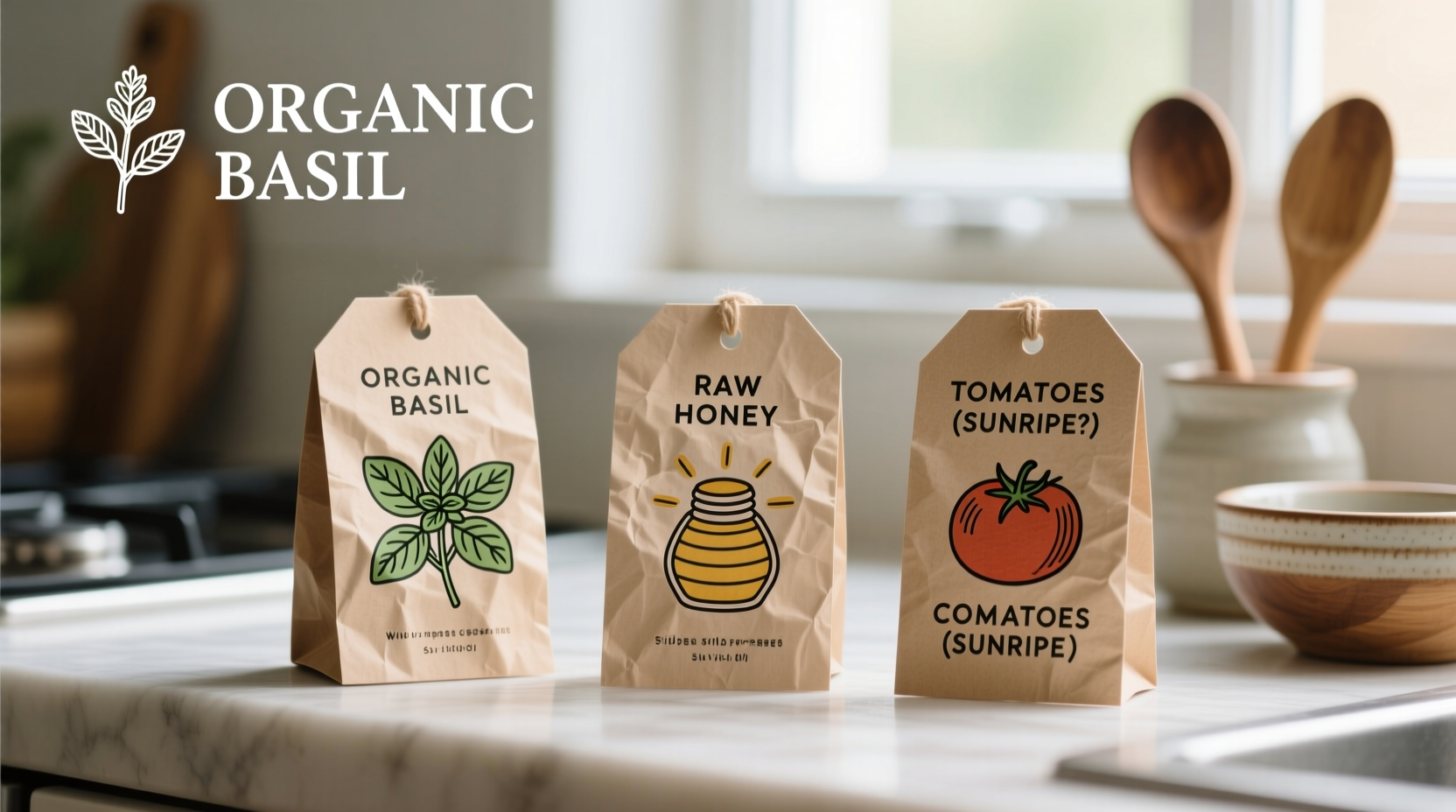Demystifying Food Composition: What You're Really Consuming
When you pick up a food package, do you wonder what's truly inside? Modern food contains both natural components and sometimes added substances designed to enhance flavor, texture, or shelf life. This guide breaks down food composition using verified scientific information and regulatory standards from authoritative sources like the FDA and WHO.
Your Food Composition Roadmap
Let's navigate through food ingredients systematically. Whether you're checking a nutrition label or concerned about specific additives, this framework follows how consumers actually process food information:
Step 1: Understanding Core Food Components
Every food item contains fundamental building blocks:
- Macronutrients - Proteins (amino acids), fats (lipids), and carbohydrates (sugars, starches, fiber)
- Micronutrients - Vitamins (A, C, D, etc.) and minerals (iron, calcium, zinc)
- Water - Makes up 60-95% of most fresh foods
- Natural compounds - Phytochemicals in plants, enzymes in raw foods
These elements occur naturally in whole foods. For example, an apple contains water (85%), carbohydrates (14%), fiber (2.4g per medium apple), and various vitamins and phytochemicals - no additives needed.
Step 2: Decoding Food Additives
Processed foods often contain additional substances approved for specific purposes. The FDA regulates over 3,000 substances as food additives. Rather than fearing all additives, understand their categories and purposes:
| Additive Type | Purpose | Common Examples | Regulatory Status |
|---|---|---|---|
| Preservatives | Prevent spoilage | Vitamin E (tocopherols), citric acid, rosemary extract | Generally Recognized As Safe (GRAS) |
| Emulsifiers | Mix oil and water | Sunflower lecithin, guar gum | Approved with usage limits |
| Flavor Enhancers | Boost taste perception | Yeast extract, mushroom powder | GRAS status |
| Colorings | Improve visual appeal | Beet juice (red), turmeric (yellow) | Natural colors generally permitted |
This factual comparison shows that not all additives are equal. The FDA maintains strict criteria for substances permitted in food, requiring scientific evidence of safety at intended usage levels.

Step 3: Reading Labels Like a Pro
Food labels follow specific formatting requirements. Key sections to examine:
- Ingredient list - Listed in descending order by weight. If "sugar" appears multiple times under different names (sucrose, high fructose corn syrup, cane juice), it indicates significant added sugar content
- Nutrition Facts panel - Shows serving size, calories, and nutrient amounts. Since 2020, added sugars must be separately listed
- Allergen information - Required for major allergens like milk, eggs, soy, etc.
A 2023 USDA consumer study revealed that 68% of shoppers check ingredient lists regularly, with sodium content and added sugars being top concerns. However, only 32% correctly identified serving sizes on labels.
Step 4: Recognizing Context Boundaries
Not all ingredients raise concerns in every context. Understanding boundaries helps make informed choices:
- Processing level matters - A preservative in canned tomatoes prevents botulism, while the same preservative in fresh produce would be inappropriate
- Concentration is key - Natural substances like salt become problematic at high levels but are essential in moderation
- Individual sensitivities vary - While sulfites are safe for most, they can trigger reactions in asthmatics
- Regulatory differences exist - Some additives permitted in the US (like certain dyes) are restricted in the EU based on different risk assessments
Step 5: Navigating Food Fraud Concerns
Food authenticity issues do occur. The FDA identifies these common mislabeling patterns:
- Olive oil diluted with cheaper oils
- Spices bulked with fillers like sawdust or starch
- Fish species substitution (60% of "tuna" tested in one study wasn't tuna)
- "Natural flavors" hiding multiple chemical components
The FDA Food Labeling Guide requires accurate representation, but enforcement varies. When concerned about specific products, third-party verification seals like USDA Organic or Non-GMO Project can provide additional assurance.
Practical Steps for Informed Choices
Apply this knowledge with these actionable strategies:
- Start with whole foods - Build meals around unprocessed ingredients where composition is transparent
- Learn common aliases - Recognize that "dextrose" and "maltodextrin" are both forms of added sugar
- Check serving sizes - Multiply nutrition facts by servings per container to understand actual intake
- Use reliable resources - Consult the FDA's Everything Added to Food list or the WHO's JECFA database for additive information
- Wash produce thoroughly - Removes surface pesticides while preserving nutrients
Remember that food science continually evolves. What was once considered problematic (like moderate salt intake) may be reevaluated as research advances. Focus on overall dietary patterns rather than individual ingredients.
Building Confidence in Your Food Choices
Understanding food composition empowers you to make choices aligned with your health goals and values. By focusing on verified information rather than fear-based claims, you can navigate the grocery aisles with confidence. The key isn't eliminating all additives but understanding their purposes and making informed decisions based on scientific evidence and personal needs.











 浙公网安备
33010002000092号
浙公网安备
33010002000092号 浙B2-20120091-4
浙B2-20120091-4